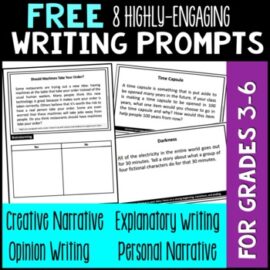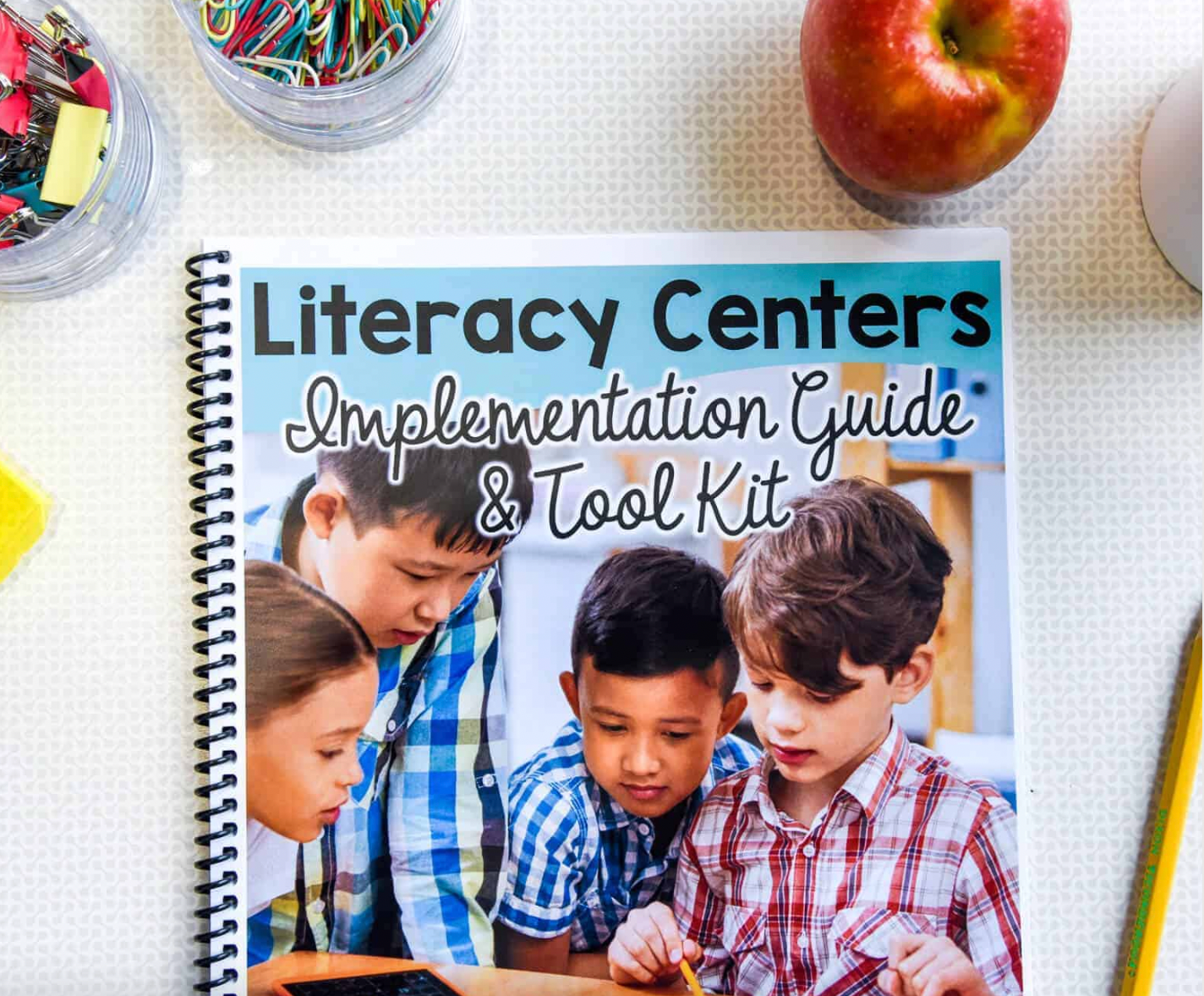We’re in the middle of one of my favorite units right now, and I just had to share! The Common Core Standards include a lot of technology and research components, so right now we’re writing about a historical event and practicing research without plagiarism.
The historical event I chose for my teacher model is September 11th. The reason I chose this is that its a somewhat recent event that students are familiar with, and my students were really interested in learning more when we did a close reading passage about it.
Here is a breakdown of the lesson:
Day 1: Brainstorm and choose a topic
I modeled my brainstorming by writing down a few historical events I was interested in. Then I had students do the same. After they had 10-15 ideas down, I had them get together with a partner. The partner looked for anything that wasn’t a historical event (many of my fourth grade students were fixated on writing down people instead of events), and circled 5 they thought were really interesting. After they handed it back, each student chose a topic. I told students that the 5 that were circled on their paper would be fantastic choices, but if there was one they absolutely needed to write about that wasn’t circled, they could go ahead and do it.
I let students go home and talk to their family about their topic before doing anything. Many students thought of even better topics while they were at home that night.
Day 2: Choose topic and learn about researching
The next day, I had students tell me their topic choice and I recorded it into a spreadsheet. This was an important step, because I had a few students that chose a topic way too broad, or too obscure to find information about.
Here are some of the historical events that were most popular in my class:
- Sinking of the Titanic
- The Holocaust
- Bombing of Pearl Harbor
- Boston Bombing
- Boston Massacre
- Moon Landing
- Boston Tea Party
- Revolutionary War
- Assassination of JFK
- Lincoln’s Assassination
- Vietnam War
- The American Revolution
- The Civil War
Research Skills Resources
- Firsthand vs. Secondhand Prezi
- Firsthand vs. Secondhand Anchor Chart:

- Brainstorm about what types of websites they should use as sources.
- How do they know if the person they wrote it is credible? Have them look for the author’s qualifications, if possible. If this information isn’t displayed, they can use brand recognition. If it’s a brand they know (like the History Channel), they can usually trust the information on the website.
- Talk a little bit about how anyone can add information to Wikipedia, without any qualifications whatsoever.

- Types of Plagiarism Video
- Take students to the computer lab.
- If you have a few student computers, set it up as a center during Reading or Writing.
- Assign it as homework, but have your classroom open before and after school for students to do research using any student computers, or your teacher computer if necessary.
- Have students work in partners to share the burden and number of computers you need.
- Questions for students to ask themselves before choosing sources:
- Citing Sources Pages
- Remember when you were in college and citations were so confusing? This little organizer helps students organize the information they found online in a way that they can easily write their citation at the end of their paper. You may think this isn’t necessary for students to learn this young, but it is according to CCSS! (See CCSS.ELA-LITERACY.W.5.8)
- These can go in your interactive notebook, or can be printed and put into student binders.
- This resource comes with the entire lesson, teacher examples, and directions for the teacher.

Easy Prep Writing Resources
 |
 |




